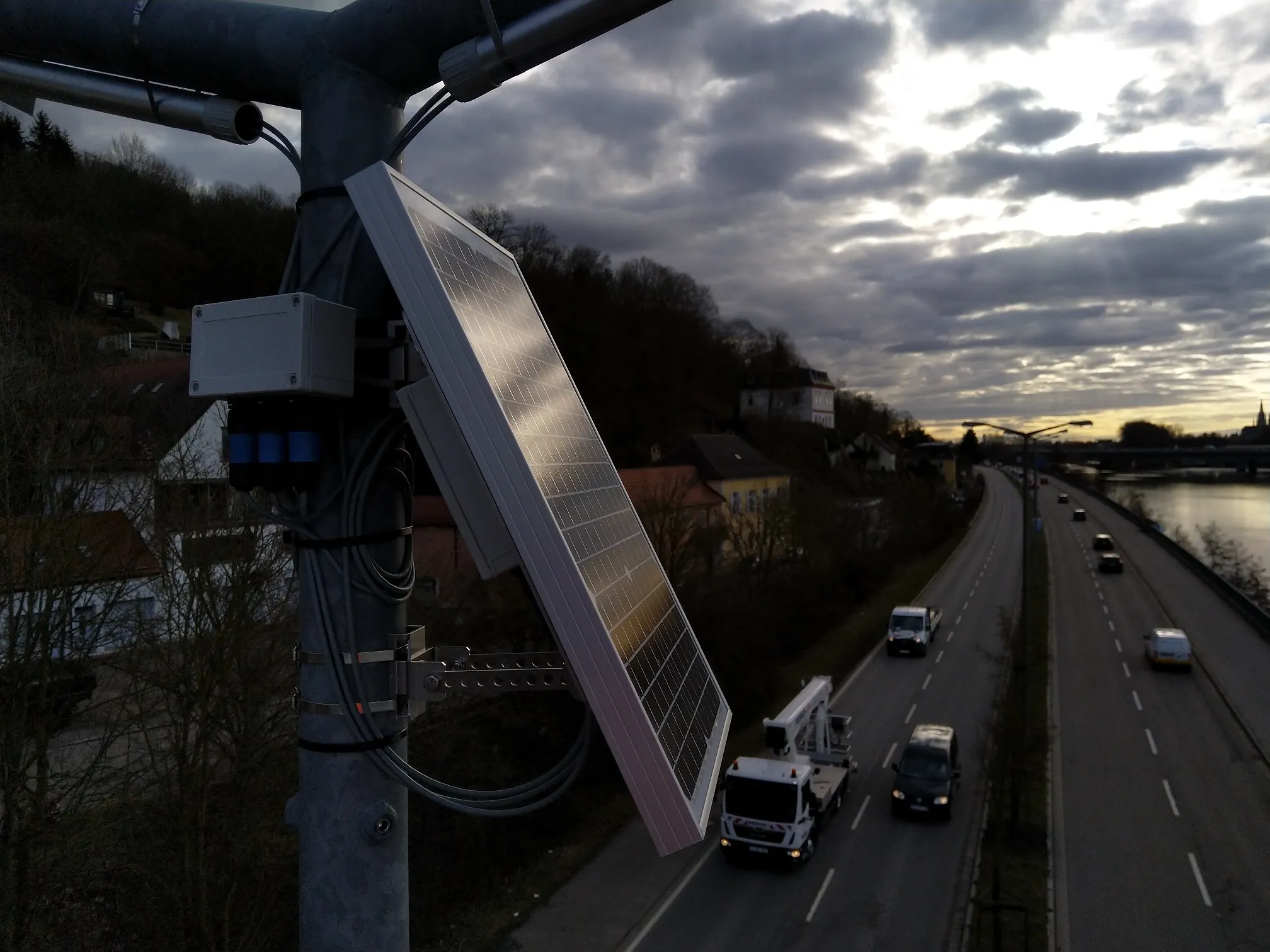Clearview Traffic has launched the M210 solar-powered logging stud, which the company claims is a unique and innovative solution for accurately counting vehicles on a wide range of roads. As the company points out, on roads which have no counting systems installed, long-term trends are often completely invisible. However, installing a wide network of loop-based traffic counters is often not economically practical due to the costs of installing and maintaining these devices.
June 27, 2012
Read time: 2 mins
Clearview Traffic's solution combines several technologies, including solar power, radio communications and magnetometer-based vehicle detection. The self-contained M210 solar-powered logging stud is installed into a 13cm diameter hole in the centre of the lane. Once installed, it can count any passing vehicles, recording data in one-minute intervals and storing it within the unit. An integrated solar panel provides power to a high-efficiency rechargeable battery to ensure continuous operation for many years without the need for any form of routine maintenance.
Since the device uses a magnetometer to detect vehicles, it is immune from problems associated with damage to loops including from road degradation, utility works or road repairs. This again reduces the need for road maintenance, with its associated cost and congestion. It is also unobtrusive and less likely to sustain damage from road users as is common with other types of beside-the-road counter.
In order to collect the data from the device, a specially designed radio dongle can be plugged into a USB port to wirelessly communicate to the M210 from up to 10m/30ft away. Data can then be collected, both simply and safely from the roadside, using a simple download application.










